|
Canadian Aged Cheddar and Asparagus Soup
By: Teresa Makarewicz, P.H.Ec. Excerpted from Homegrown, by Mairlyn Smith. Reprinted with permission of Whitecap Books. Anyone you know an asparagus abstainer? This soup is a great way to re-introduce the unbelievably good-for-you asparagus to naysayers.
0 Comments
Cracked Pepper and Horseradish–Crusted Oven Roast with Easy Pan Gravy
Joyce Parslow, PHEc (with permission from Canada Beef) Excerpted from Homegrown, by Mairlyn Smith. Reprinted with permission of Whitecap Books, 2015. “The horseradish and cracked pepper crust makes something simple seem special. Use any roast labelled an ‘oven roast’ by Canada Beef, such as tenderloin, prime rib, strip loin, top sirloin or outside round. To crack the peppercorns, place them in a sturdy plastic freezer bag and crush with the back of a heavy skillet or hammer.” --Joyce Cranberry Maple Butter Tarts
Sue Soderman, P.H.Ec. with Pat Moynihan Morris, P.H.Ec. and Olga Kaminskyj, P.H.Ec. Excerpted from Homegrown, by Mairlyn Smith. Reprinted with permission of Whitecap Books, 2015. “Butter tarts always bring back memories of holidays at our family cottage on Lake Huron in Grand Bend, Ontario. We could not arrive without a dozen gooey butter tarts that we bought on our way up. It didn’t matter if they got a little mushed during the trip, they still tasted just as good. This recipe is a tribute to that food memory, without the mushed up part.” --Sue INGREDIENTS Pastry 1 1/2 cups (375 mL) all-purpose flour 1/2 cup (125 mL) unsalted butter, softened 1/2 cup (125 mL) light cream cheese, softened Tart Filling 1/2 cup (125 mL) chopped dried cranberries 1/4 cup (60 mL) unsalted butter, softened 1/4 tsp (1 mL) iodized salt 1/2 cup (125 mL) lightly packed brown sugar 1 omega-3 egg 1/4 cup (60 mL) pure maple syrup 1/2 tsp (2 mL) pure vanilla extract METHOD A new spin on the quintessential Canadian tart renowned throughout the colonies. 1. Pulse together flour, butter and cream cheese in a food processor until mixture is well blended and starts to form a ball. Shape into ball with hands, then wrap tightly with plastic wrap. Refrigerate 1 hour or until chilled. 2. When the pastry is ready to roll out, preheat oven to 375ºF (190°C). 3. Place pastry on a lightly floured surface and roll out to 1/4-inch (6 mm) thickness. Cut into 12 rounds with a 4-inch (10 cm) cutter. Place rounds into a 12-muffin-cup pan and gently press into each muffin cup to line. Evenly divide the cranberries and place in the muffin cups. 4. In a large bowl, cream butter, add brown sugar and salt and beat in until smooth. Add egg and lightly beat until mixture is well blended and smooth. 5. Gently stir in maple syrup and vanilla until well incorporated. 6. Fill pastry cups three-quarters full with filling mixture. 7. Bake for 15 to 18 minutes until the filling is set and the pastry golden brown. Remove from oven and allow to cool in the pan before transferring tarts to a wire cooling rack. Makes 12 tarts One serving = 1 tart Per serving: 264 Calories, 14.6 g Total Fat, 8.8 g Saturated Fat, 0.7 g Trans Fat, 110 mg Sodium, 30.7 g Carbohydrate, 0.7 g Fibre, 17.3 g Sugars, 15.8 g Added Sugars, 3.5 g Protein Carbohydrate Choices: 2 Chipotle Black Bean Chili
By Teresa Makarewicz, PHEc Excerpted from Homegrown, by Mairlyn Smith. Reprinted with permission of Whitecap Books, 2015. Chili is pure comfort food and so easy to prepare. It’s delicious served over cooked barley, or spooned over a baked or microwaved sweet potato and serve with one or more of the suggested toppings below. INGREDIENTS 2 tsp (10 mL) canola oil 3 cloves garlic, minced 1 large onion, chopped 1 red pepper, chopped 2 carrots, scrubbed well and diced 2 Tbsp (30 mL) chili powder 1 Tbsp (15 mL) paprika 1 tsp (5 mL) dried oregano 1 tsp (5 mL) ground cumin Two 19 oz (540 mL) cans black beans, well rinsed and drained, divided One 28 oz (796 mL) can crushed tomatoes 1 1/2 cups (375 mL) fresh or frozen corn, no need to thaw 1/2 cup (125 mL) water 2 Tbsp (30 mL) pureed canned chipotle pepper with adobo sauce (see note) Ingredient Note: Chipotle Peppers—Look for canned chipotle peppers in adobo sauce in the Mexican section of most grocery stores. To freeze leftovers, puree the entire can of chipotles with adobo sauce until smooth. Spoon 1 Tbsp (15 mL) portions on a parchment-lined baking sheet and freeze until firm; transfer to an airtight container and freeze to use for the next spicy chili attack. METHOD
Suggested toppings: thinly sliced green onions, chopped fresh cilantro, plain yogurt, shredded Canadian old Cheddar cheese PHEC Tips: • Freeze leftover chili for up to 3 months and keep it ready for a lunch or busy weeknight dinner option. • Upon standing, this chili will thicken. When reheating, add more water if you like and thin to desired consistency. • The family that eats together stays together, so make dinner a family friendly event by setting out small bowls of any of the suggested toppings and then let everyone create their own signature bowl of chili. The Ontario Home Economics Association (OHEA), in partnership with the Ontario Federation of Agriculture’s (OFA) Six by Sixteen food literacy program and AgScape™ (the voice of Agriculture in the Classroom Ontario), are pleased to be hosting a series of hands-on cooking classes for Ontario secondary school students at the upcoming Royal Agricultural Winter Fair, on November 8-9, 2016, at Exhibition Place, Toronto, Ontario, on the Burnbrae Farms Food & Lifestyle Stage. Basic food preparation skills and the ability to prepare healthful meals from scratch, while also incorporating local ingredients, are fundamental to the health of our youth and our agriculture system. Sadly today, culinary skills are rarely passed down from previous generations and processed foods and fast foods frequently replace basic, nutritious, home-cooked meals. Teaching Ontario youth to make nutritious food choices incorporating local ingredients, and giving them hands-on kitchen skills to create meals from scratch, prepares them to lead healthy, independent lives. Cooking classes will feature a hearty and nutritious recipe from OHEA’s latest cookbook Homegrown – Celebrating the Canadian Foods We Grow, Raise and Produce – currently shortlisted for the Taste Canada Awards and edited by award-winning cookbook author and TV personality Mairlyn Smith, P.H.Ec. OHEA is a self-regulated body of professional Home Economists that promotes high professional standards among its members so that they may assist families and individuals to achieve and maintain a desirable quality of life. OHEA supports all efforts to improve food literacy in Ontario through advocacy, outreach and partnerships. The Six by Sixteen food literacy program is an initiative by the Ontario Federation of Agriculture to help young people learn to plan and prepare six nutritious, locally sourced meals by the time they are sixteen years old. AgScape™ is dedicated to enhancing the learning experiences of students by providing high quality, objective and curriculum-linked agriculture and food related learning materials and professional consultative service to Ontario educators. For further information, please contact: [email protected] By: Trevor Arsenault, P.H.Ec. Excerpted from Homegrown, by Mairlyn Smith. Reprinted with permission of Whitecap Books, 2015. “As a child, waking up to the smell of waffles on Saturday mornings and seeing a kitchen counter spread with toppings was always a great way to start the weekend. Even though I’ve moved away from home, I still enjoy the opportunity to keep up this family tradition. My favourite part is finding new combinations of toppings to keep this meal interesting.” —Trevor INGREDIENTS
1/3 cup (75 mL) dried red lentils 1 cup (250 mL) water 1 cup (250 mL) all-purpose flour 1 cup (250 mL) whole wheat flour 2 Tbsp (30 mL) natural wheatgerm 1 Tbsp (15 mL) baking powder 1/4 cup (60 mL) unsweetened applesauce 1 1/2 cups (375 mL) skim milk 2 omega-3 eggs 1 tsp (5 mL) pure vanilla extract METHOD 1. Add lentils and water to a to a small sauce pan; cover, bring to the boil and stir. Reduce to simmer and cook uncovered for about 15 to 20 minutes, until lentils are very soft. Use a wire sieve to drain any remaining liquid. Set aside and cool to room temperature. 2. In a large bowl, combine flours, wheat germ and baking powder. 3. When the lentils are cooled, take a separate, medium bowl and whisk together the applesauce, milk, eggs, vanilla and lentils. 4. Add liquid ingredients to the dry ingredients. Whisk together until combined. Batter should be thick with small lumps. 5. Preheat oven to 250°F (120°C). Place a cooling rack on top of a large rimmed baking sheet. 6. Let batter rest while waffle iron preheats. 7. Once waffle iron is hot, lightly brush both sides with canola oil. 8. Add 1/3 cup (75 mL) batter to each side of the waffle iron, close the lid and cook until waffles are golden brown, about 5 minutes. 9. Transfer waffles to wire cooling rack, cover with foil, place in the oven to keep warm and continue cooking remaining batter. PHEC Tips: • To create a waffle bar, provide a selection of sliced fresh fruit, warmed maple syrup, nut butters, applesauce and low-fat yogurt so everyone can personalize their plate. • Cook more lentils than you will need for this recipe and either store the leftovers in the fridge or freeze in 1-cup (250 mL) portions. Cooked red lentils can easily be added to foods such as tomato sauce, soups, cooked rice, cooked ground beef, muffins and biscuits to increase fibre, protein and mineral content. Makes 12 waffles One serving = 2 waffles (without toppings) Per serving: 256 calories,3.5 g Fat, 0.8 g Sat. Fat, 0 g Trans Fat, 201 mg Sodium, 42 g Carbohydrates, 4 g Fibre, 5 g Sugars, 0 g Added Sugars, 13 g Protein Carbohydrate Choices: 2 ½ Autumn Pumpkin Seed Bread (for a Bread Machine)
Donna Washburn, PHEc & Heather Butt, PHEc (with permission from 300 Best Canadian Bread Machine Recipes [Robert Rose 2010]) “Autumn is my favourite season, with the colorful maples and the bountiful harvest. I grew up carving pumpkins and roasting the seeds. It seemed only natural for me to think of a yeast bread combining the two along with my favorite spices.” —Donna This bread machine loaf is a celebration of the colours, textures and flavours of autumn. Along with the pumpkin puree, it has toasted pumpkin seeds for crunch. INGREDIENTS 1/3 cup (75 mL) water 2/3 cup (150 mL) canned 100% pumpkin puree (see note below) 1 omega-3 egg 1/4 cup (60 mL) skim milk powder 1 tsp (5 mL) iodized salt 1/4 cup (60 mL) packed brown sugar 2 Tbsp (30 mL) canola oil 1 3/4 cups (425 mL) whole wheat flour 2/3 cup (150 mL) all-purpose flour or bread flour 2 Tbsp (30 mL) natural wheat germ 1/3 cup (75 mL) pumpkin seeds, toasted (see note) 1/2 tsp (2 mL) ground allspice 1/4 tsp (1 mL) ground ginger 1/4 tsp (1 mL) ground nutmeg 1 3/4 tsp (8 mL) bread machine yeast METHOD 1. Measure all ingredients into the bread machine baking pan in the order recommended by the manufacturer. Insert pan into the oven chamber. 2. Select the whole wheat cycle. When baking finishes, stop the machine and remove the pan. Immediately remove the loaf and place on a cooling rack. Ingredient Note: Pumpkin Puree—Canned pumpkin puree must be warmed to room temperature or the loaf will be short and heavy. Do not substitute with pumpkin pie filling. Pumpkin Seeds—To toast seeds, place in a small skillet over medium heat and gently toast until they start to pop. Remove from heat and cool. Makes 12 slices One serving = 1 slice Per serving: 179 Calories, 5.6 g Total Fat, 0.8 g Saturated Fat, 0.1 g Trans Fat, 221 mg Sodium, 26 g Carbohydrate, 2.8 g Fibre, 6.8 g Sugars, 4.7 g Added Sugars, 6.7 g Protein Carbohydrate Choices: 1 1/2 Spiced Ambercup Squash Soup with Maple Syrup
Excerpted from Homegrown, by Mairlyn Smith. Reprinted with permission of Whitecap Books, 2015. By Jennifer Goodwin, P.H.Ec. This deep orange coloured soup has the best of both flavour-note worlds; it’s a little bit spicy and a little bit sweet. It was a huge hit the day we tested it, and the flavours are well worth the work it takes to hack open the squash. INGREDIENTS One 3 lb (1.4 kg) ambercup squash (see note) 3 Tbsp (45 mL) canola oil, divided 1 large onion, chopped 3 cloves garlic, minced 3 cups (750 mL) no salt added vegetable broth 1 Empire apple, peeled, cored and chopped 1 tsp (5 mL) grated fresh ginger (see note) 1 tsp (5 mL) Madras curry powder 1/2 tsp (2 mL) cinnamon 1/4 tsp (1 mL) nutmeg, freshly grated 1/2 tsp (2 mL) iodized salt 1/4 tsp (1 mL) freshly ground black pepper 1–2 Tbsp (15–30 mL) amber or dark pure maple syrup 2 cups (500 mL) skim milk 1/8–1/4 tsp (0.5–1 mL) green Tabasco sauce 16 chives, for garnish (optional) METHOD 1. Preheat oven to 375°F (190°C). With a large sturdy knife, cut the squash in half and remove seeds and pulp. Peel and dice into 1-inch (2.5 cm) chunks; place into a large roasting pan. Drizzle with 1 1/2 Tbsp (22 mL) oil and toss to coat. Roast for 45 minutes or until the squash is soft and beginning to brown slightly. Toss occasionally throughout the roasting process to prevent burning. 2. When the squash is cooked, heat a large saucepan over medium heat. Add the rest of the oil plus the onion and garlic, sauteing until soft and slightly browned, about 5 to 7 minutes. Remove from heat and add the squash. 3. Place the empty roasting pan on a separate element over medium heat and pour in broth. Once the liquid begins to boil, reduce to simmer, scrapping up any bits for added flavour. Pour into the large saucepan. 4. Add apple, ginger, curry, cinnamon, nutmeg, salt and pepper. Return to heat and bring to a gentle boil; reduce heat, cover and simmer until the apple is soft, about 15 minutes. 5. Add maple syrup, milk and Tabasco and stir in well. Remove from heat. Using a hand held immersion blender, puree the soup OR transfer to a blender or food processor and puree in smaller batches and return soup to saucepan. Garnish with whole chives if desired. See picture. 6. Reheat if necessary; serve or store in the fridge for up to two days. Freeze any leftovers up to three months. Makes 8 cups (2 L) One serving = 1 cup (250 mL) Per serving: 176 Calories, 5.7 g Total Fat, 0.5 g Saturated Fat, 0 g Trans Fat, 202 mg Sodium, 31 g Carbohydrate, 4 g Fibre, 13 g Sugars, 1.5 g Added Sugars, 4.3 g Protein Carbohydrate Choices: 2 Madras Curry Powder In traditional South Asian cuisine, a curry is a dish cooked in a sauce. To most Canadians however, a curry is a powder that you add to a dish to give it heat. Curry powders are created by blending many spices together, and blends of curry powders range from spicy to very spicy, depending on what area that curry blend was created. Sweating cools you down, so areas that are very hot tend to have curry blends that produce sweating. Madras is an area in India that is very hot, hence this blend is fairly spicy. Ingredient Note: Ambercup Squash-- Ambercup squash is a deep orange squash that looks like its cousin the buttercup squash. Its flesh is darker in colour and slightly sweeter in flavour. Can’t find an Ambercup? Buttercup (or their more distant cousin Butternut) will also work for this recipe. Ginger—Peel ginger using the bowl of a spoon, holding the stalk of the spoon and then dragging it down the sides of the ginger; wrap and store any leftover ginger in the freezer. Grate into recipes as needed. PHEc Tip: This soup may be quite thick depending on the type and age of the squash. Add more broth, water or milk until you reach desired thickness. Whole Wheat Seed Bread
Jan Main, PHEc Excerpted from Homegrown, by Mairlyn Smith. Reprinted with permission of Whitecap Books, 2015. “This wholesome loaf is a perfect accompaniment to soups and salads, not to mention freshly made preserves in the summer.” —Jan INGREDIENTS 3 cups (750 L) lukewarm water (approx. 100°F/38°C) 2 Tbsp (30 mL) traditional active yeast 2 tsp (10 mL) granulated sugar 1/3 cup (75 mL) liquid honey 1/4 cup (60 mL) canola oil 1 cup (250 mL) natural bran or wheat germ (see note) 1 cup (250 mL) quick oats 3/4 cup (175 mL) sunflower seeds 1 Tbsp (15 mL) iodized salt (see note) 6 cups (1.5 L) whole wheat flour (approx.) Additional oats or seeds to pat onto surface METHOD 1. Lightly oil two 9- × 5-inch (2 L) loaf pans or line with wet parchment paper, well wrung out (see p. 388). Set aside. 2. Rinse a very large mixing bowl with hot water to warm it up, then add the lukewarm water. 3. Sprinkle yeast and sugar over the water. Let stand about 10 minutes or until yeast becomes frothy. 4. Whisk in honey, oil, bran (or wheat germ), oats, sunflower seeds and salt (do not omit!). Using a wooden spoon, beat in flour 1 cup(250 mL) at a time, making sure you beat until the batter is smooth before adding more flour. When all the flour has been added, beat vigorously until well blended. Dough will be heavy and moist. 5. Divide dough in half and pat into the prepared pans. Sprinkle unbaked loaves with additional quick oats and sunflower seeds, pressing into the surface of each loaf. Cover loaves with a clean tea towel and let stand in a warm place for about 45 minutes or until risen. Note: this is a heavy bread so it won’t rise as high as a regular yeast bread. 6. About 5 minutes before the dough has risen, preheat oven to 375°F (190°C). Bake loaves for 40 to 45 minutes or until a deep golden brown. Loaves should produce a hollow sound when tapped. 7. Cool loaves on racks for 10 minutes before removing from pans. Cool completely before storing. Makes two 9-inch (2 L) loaves, 16 slices per loaf One serving = 1 slice Per serving: 147 Calories, 3.4 g Total Fat, 0.6 g Saturated Fat, 0 g Trans Fat, 297 mg Sodium, 24g Carbohydrate, 3.4 g Fibre, 6.8 g Sugars, 6 g Added Sugars, 7.4 g Protein, Carbohydrate Choices: 1 1/2 Want to make yeast breads but feel slightly intimidated by the cycle of kneading, waiting for the yeast to rise, and then kneading again? Batter breads to the rescue! Batter breads only rise once and don’t require a lot of kneading, but they still provide the same great yeast bread taste. Are you eating your Iodine? Iodine is an important trace mineral whose main function is to help the thyroid gland make thyroid hormones. Thyroid hormones are secreted into the blood and then carried to every tissue in the body. They help the body use energy, stay warm and they keep the brain, heart, muscles and other organs working on an even keel. The average Canadian adult requires 150 mcg per day. Without enough iodine you can develop a goiter, an enlargement of the thyroid gland that was common in Canada until the 1920’s when iodine was added to regular table salt. The best sources of iodine are found naturally in seafood and seaweed, as well as in dairy products. Smaller amounts are found in beans, eggs and whole grains. It is uncommon to develop an iodine deficiency if you are eating seafood on a regular basis, or if you regularly ingest seaweed, beans, dairy products, whole grains or eggs. In my experience, however, I have noticed that a large percentage of Canadians do not eat seafood on a regular basis (two to three times a week). Factor in diets that limit dairy products or people who avoid eating whole grains, beans and eggs, and I believe we have the makings of a perfect iodine deficiency storm. The recipes in this book are low to very low in sodium, but at least they aren’t low in iodine. Your taste buds may tell you that recipes need more salt, but before you start waving a salt shaker around like a fairy wand, bear in mind that 1/4 tsp (1 mL) iodized salt has 428 mg of sodium and 95 mcg of iodine. Note: To make sure that you are getting enough iodine, eat a well-balanced diet. Do not take an iodine supplement as it can interfere with other medications, and too much iodine is just as bad as too little. Check with your doctor is you think you might have an iodine deficiency. Ingredient Note : Iodized Salt—Salt has an important function in yeast development, so don’t omit it! Natural Bran/Wheat Germ— To make this a whole grain bread use 1/2 cup (125 mL) wheat germ and 1/2 cup (125 mL) natural bran. PHEC Tips: Bread may be served warm from the oven but needs to be cut into thick slices. It slices more easily if cooled. Pumpkin Pie
By Jennifer Goodwin, PHEc and Mairlyn Smith, PHEc Excerpted from Homegrown, by Mairlyn Smith. Reprinted with permission of Whitecap Books, 2015. Canadians may have adopted the traditional pumpkin pie recipe from our southern neighbours, but Canadian Thanksgiving in October just wouldn’t seem right without it. Jennifer and I amalgamated our recipes to produce this winner. INGREDIENTS One 9-inch (23 cm) unbaked pie shell with fluted edges 1 cup (250 mL) evaporated 2% milk 2 omega-3 eggs 1 1/2 cups (375 mL) pureed pumpkin (fresh or canned) 1 cup (250 mL) packed dark brown sugar 2 tsp (10 mL) cinnamon 1 tsp (5 mL) ground ginger 1/4 tsp (1 mL) freshly ground nutmeg 1/4 tsp (1 mL) ground cloves METHOD 1. Place oven rack to its lowest position. Preheat oven to 425ºF (220°C). 2. Make pie shell according to the recipe on page 368. Roll out according to directions and place in pie plate; crimp edges. 3. In a large bowl, whisk together the evaporated milk, eggs, pumpkin puree, brown sugar, cinnamon, ginger, nutmeg and cloves, until completely combined. Tip: don’t over-blend as this can cause the pie to crack. 4. Pour filling into the unbaked pie shell and bake for 20 minutes; reduce heat to 325ºF (160°C) and bake 35 to 45 minutes longer, or until the pie is set. Cool to room temperature and chill in fridge until serving. Refrigerate any leftovers (as if…). PHEc Tips: • For a leafy garnish, roll out extra pastry to 1/8-inch (3 mm) thickness and cut into leaf shapes. While the pie is baking at 425ºF (220°C), bake the pastry garnish for 8 to 10 minutes on a small baking sheet. Remove from oven, cool and set aside. Arrange on top of cooled pie. We used a Maple Leaf in the picture. • Not a pastry fan? Turn the recipe into baked custard: Divide the filling into six 4-inch (10 cm) ramekins or custard cups and bake at 325ºF (160°C) for 25 to 30 minutes, or until set. Makes one 9-inch (23 cm) pie One serving = 1/6 pie Per serving: 301 Calories, 9.6 g Total Fat, 4 g Saturated Fat, 0 g Trans Fat, 194 mg Sodium, 48.6 g Carbohydrate, 2.3 g Fibre, 31.7 g Sugars, 22.6 g Added Sugars, 7.5 g Protein Carbohydrate Choices: 3 |
The Ontario Home Economics Association, a self-regulating body of professional Home Economists, promotes high professional standards among its members so that they may assist families and individuals to achieve and maintain a desirable quality of life. Categories
All
Archives
April 2024
|
|
Subscribe to our mailing list
|
|
Unsubscribe from our mailing list
|
Copyright © 2023 Ontario Home Economics Association (OHEA). All Rights Reserved.

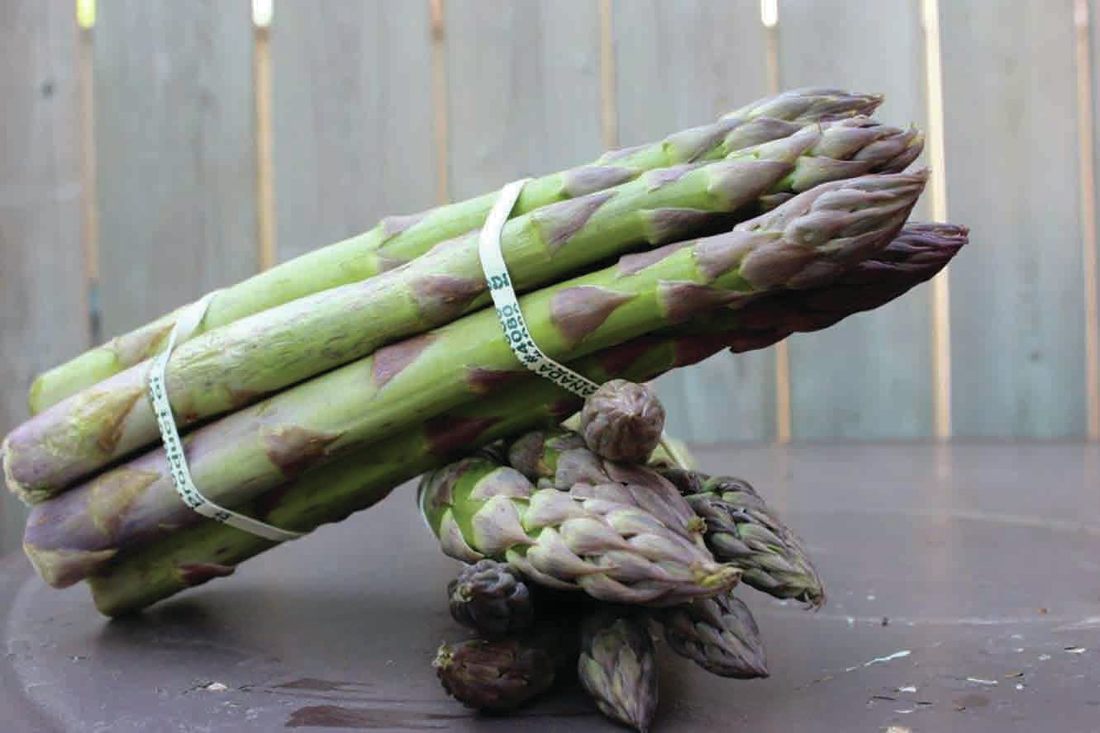
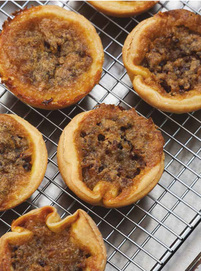
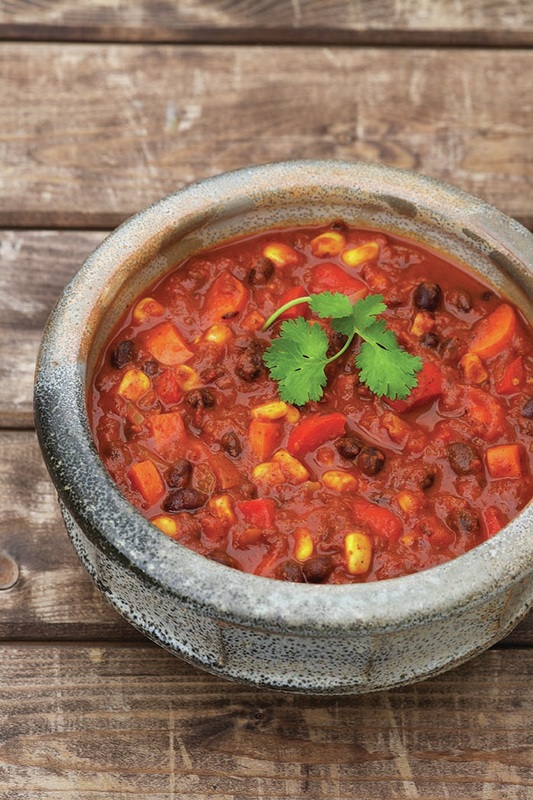
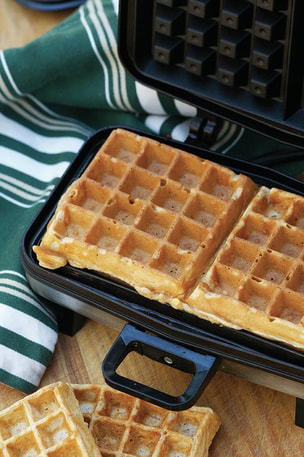
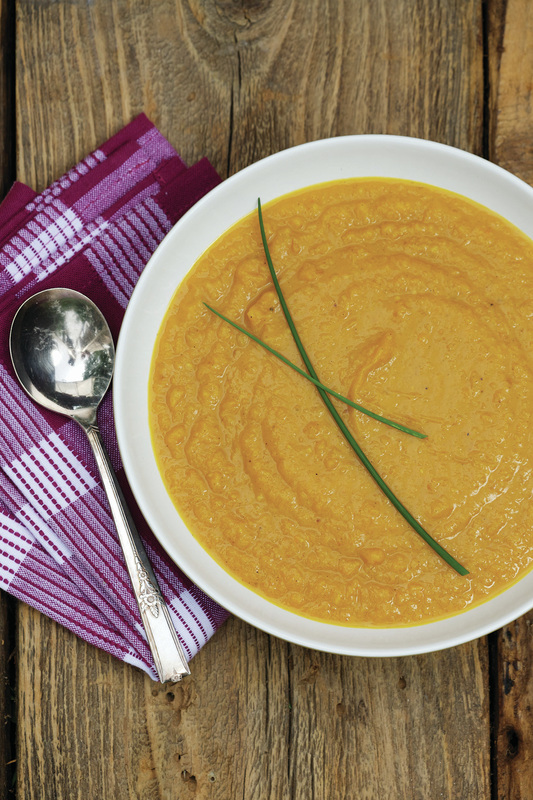
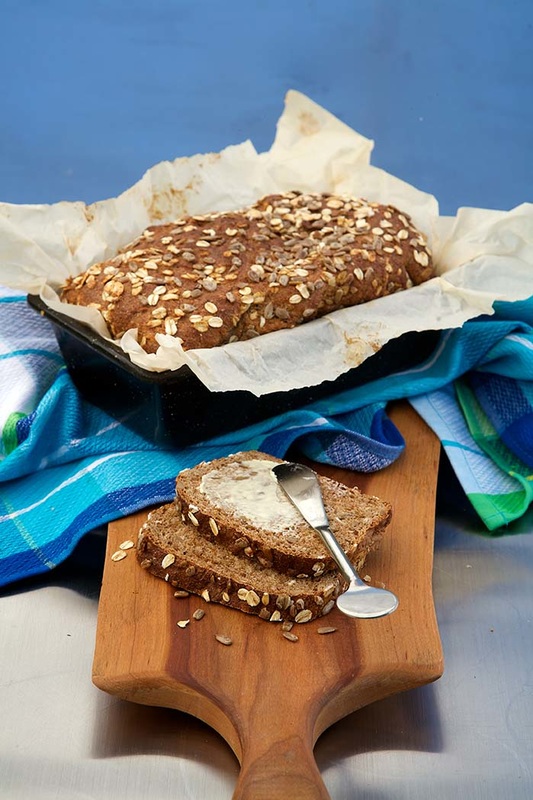
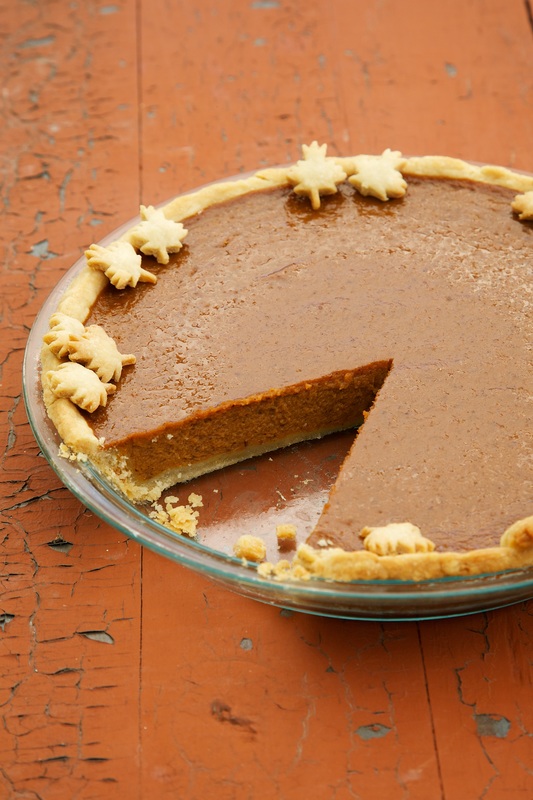

 RSS Feed
RSS Feed